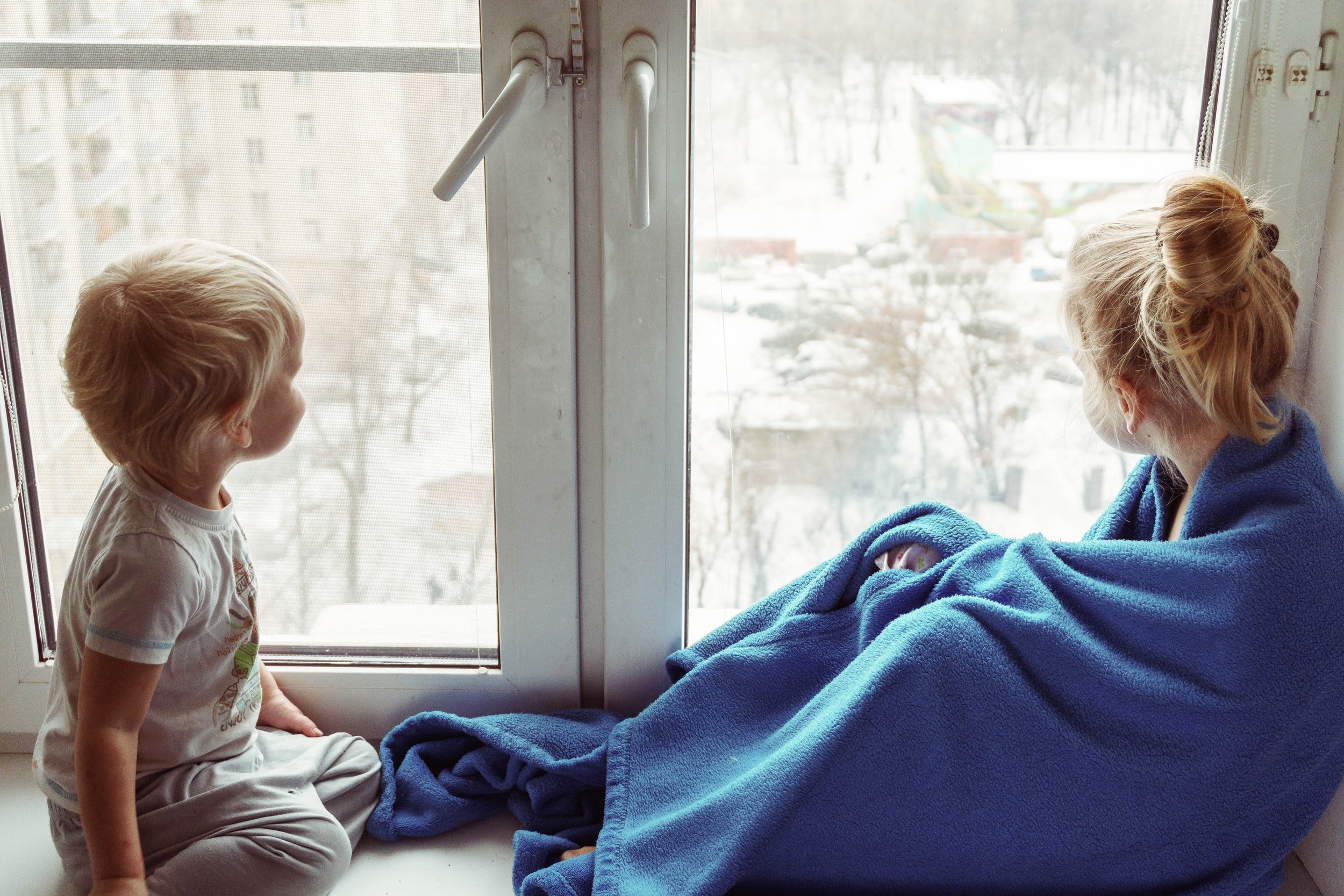
Why Do Children Have So Much Milder Symptoms with COVID?
This pandemic period has lasted a long time.
Most everyone I know or talk to feels fatigued and is ready for this to be over. It’s a time that has seen a lot of pain and loss—physical loss, health loss, family loss, movement loss, community loss.
The other thing I hear now, all the time, is that people are also ready to move into a new phase and start to rebuild…
I have been thinking about children a lot because they are so wonderfully capable at rebuilding. They heal and adapt very flexibly. Using anthroposophic medicines with children is sometimes much easier than with adults, because children open up to change. They more naturally “drink in” a treatment. With adults, medicines and therapies are still tremendously valuable, but some accompanying shift in consciousness is usually also required for the treatment to last. So what allows children to respond differently? This pandemic period has lasted a long time. Most everyone I know or talk to feels fatigued and is ready for this to be over. It’s a time that has seen a lot of pain and loss—physical loss, health loss, family loss, movement loss, community loss.

Looking towards the Recovery Stage of a Healing Crisis
An important part of anthroposophic medicine is thinking about why we get sick, even with the COVID19 illness. That consideration does include aspects like routes of exposure (respiratory droplets, coming into contact with contaminated surfaces) as well as knowing when someone can most easily spread an infection (once your fever has been gone for three days you are no longer considered contagious). Those aspects are real and lend quantifiably information we can study through testing and epidemiologic models. Those are the outer parts of the illness and they deal with the quantifiable parts of the illness. But there are other levels of illness which have more to do with patterns of symptoms and patterns of consciousness and try to understand the qualities of the illness. Why are we getting this illness? Those pieces can tell us something about the “being” of an illness. Pandemics are unusual because everyone around the whole world experiences the same illness process at the same time. Pandemics have more of a relationship to the experiences of a particular time than to the conditions of a certain place. They are different than working to understand the health history, illness inclinations, or biography of an individual person.

A Global Biographical Change (in which we are all shifting at the same time)
Where does change come from? Change is constant, with different people continuously making important life shifts all around us. The timing for them is usually independent and varied, so that there are always losses, moves, divorces, and births, but unless we are immediately connected to them we may not think much about them. Right now, life is different. We are all sharing a common experience of change, all around the world. It is a time of strong outer changes, which will undoubtedly fuel inner shifts that last beyond these immediate weeks and months.

Support for Working through Flu (treatments which should help with coronavirus, too)
There are many small things we can do to help support each other through a flu. We can collectively work to understand “When I am sick, what is my body trying to accomplish, what does it need to do to get better?” and then we work to support those tasks. Fever is created by the immune system to physiologically aid the process of dissolving and clearing out what has become too isolated, too stuck, too cooled in our own body. Inflammatory reactions—also part of the immune system’s activity—work to recognize and remove those things that do not belong in us, which is why we get inflammations during infections with viruses and bacteria (even if we get a splinter in our finger). It is possible to guide and support the body to accomplish its tasks. The suggestions listed below are helpful for illnesses or influenza-type illnesses with strong fever.